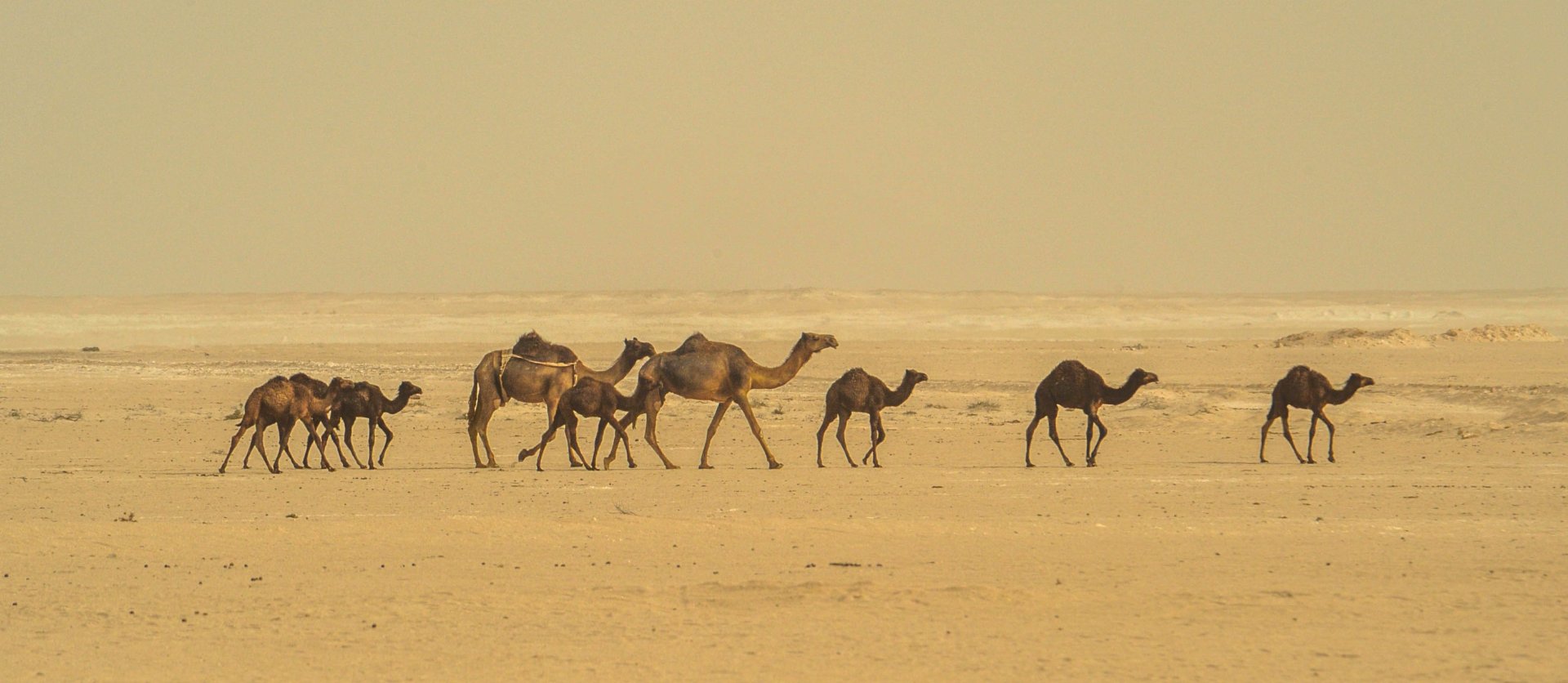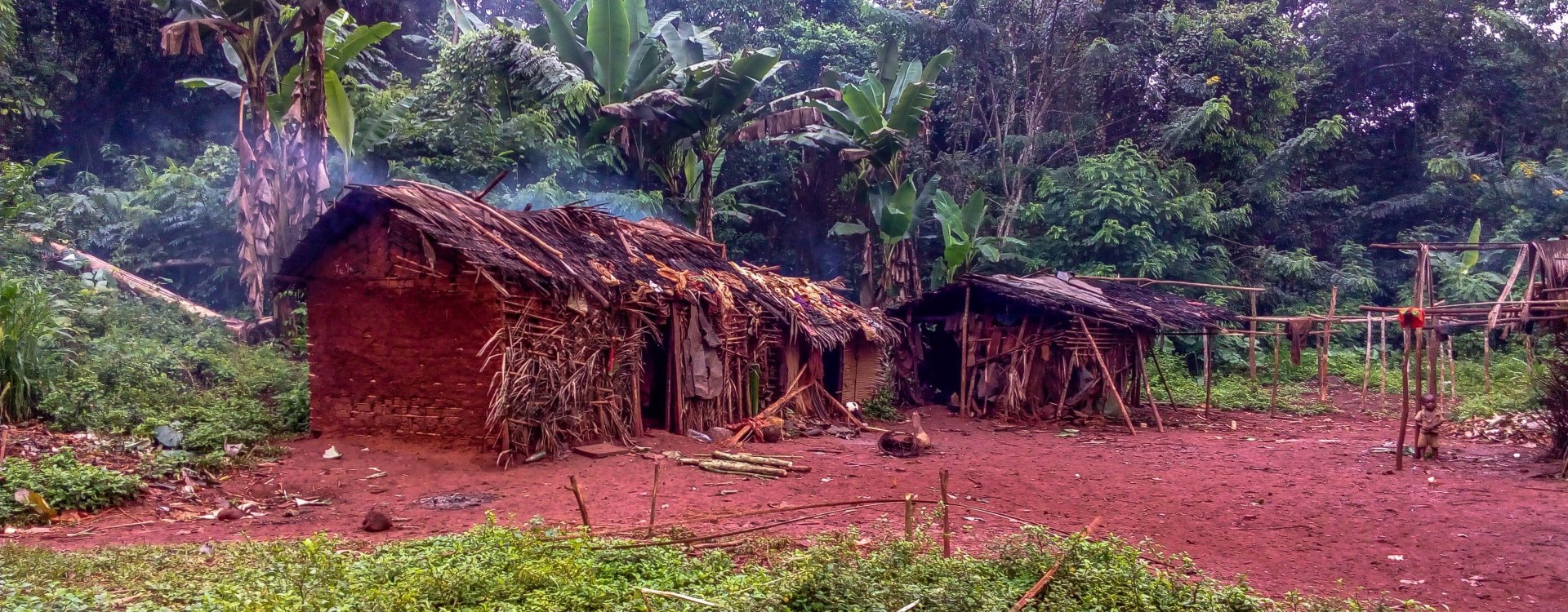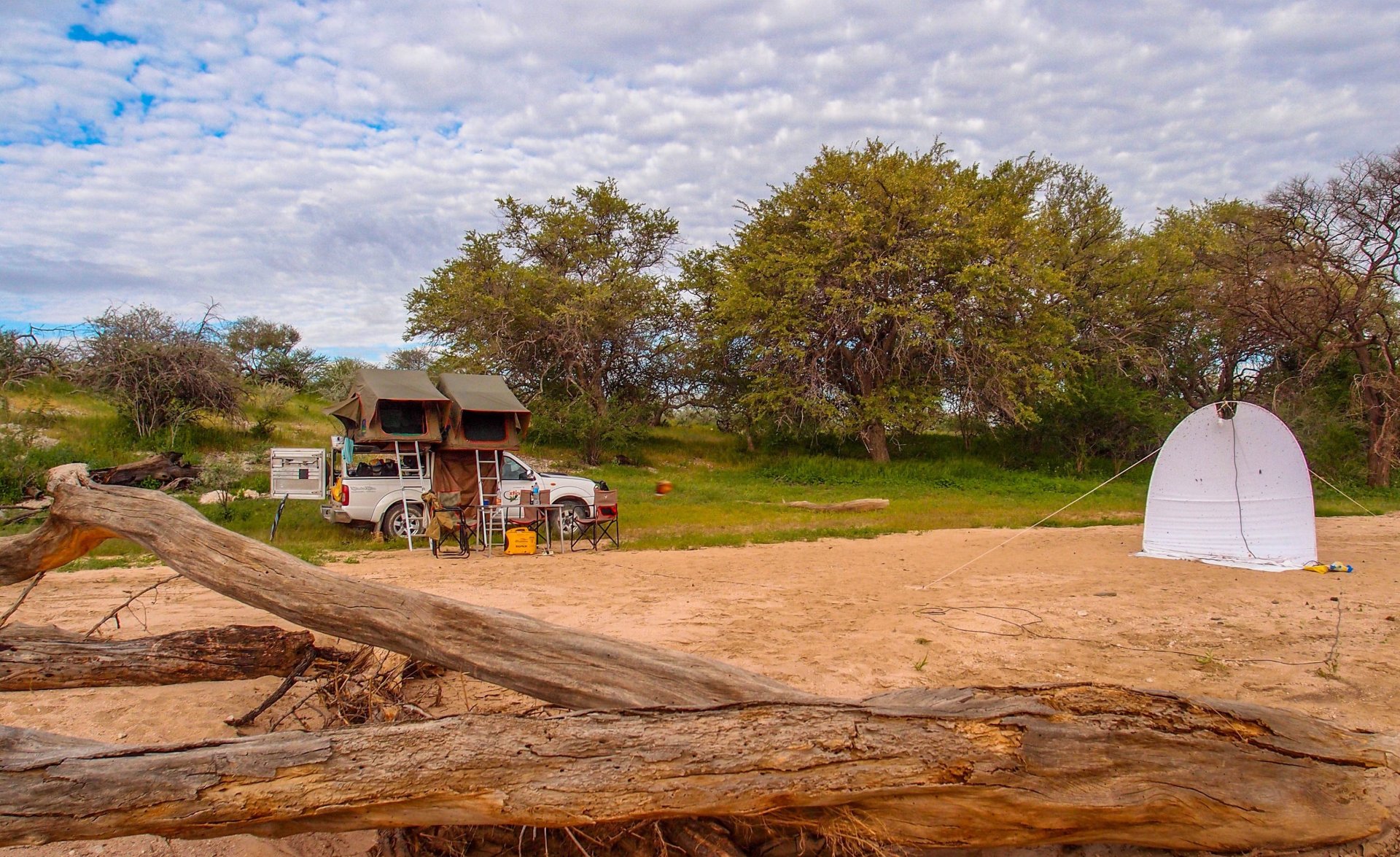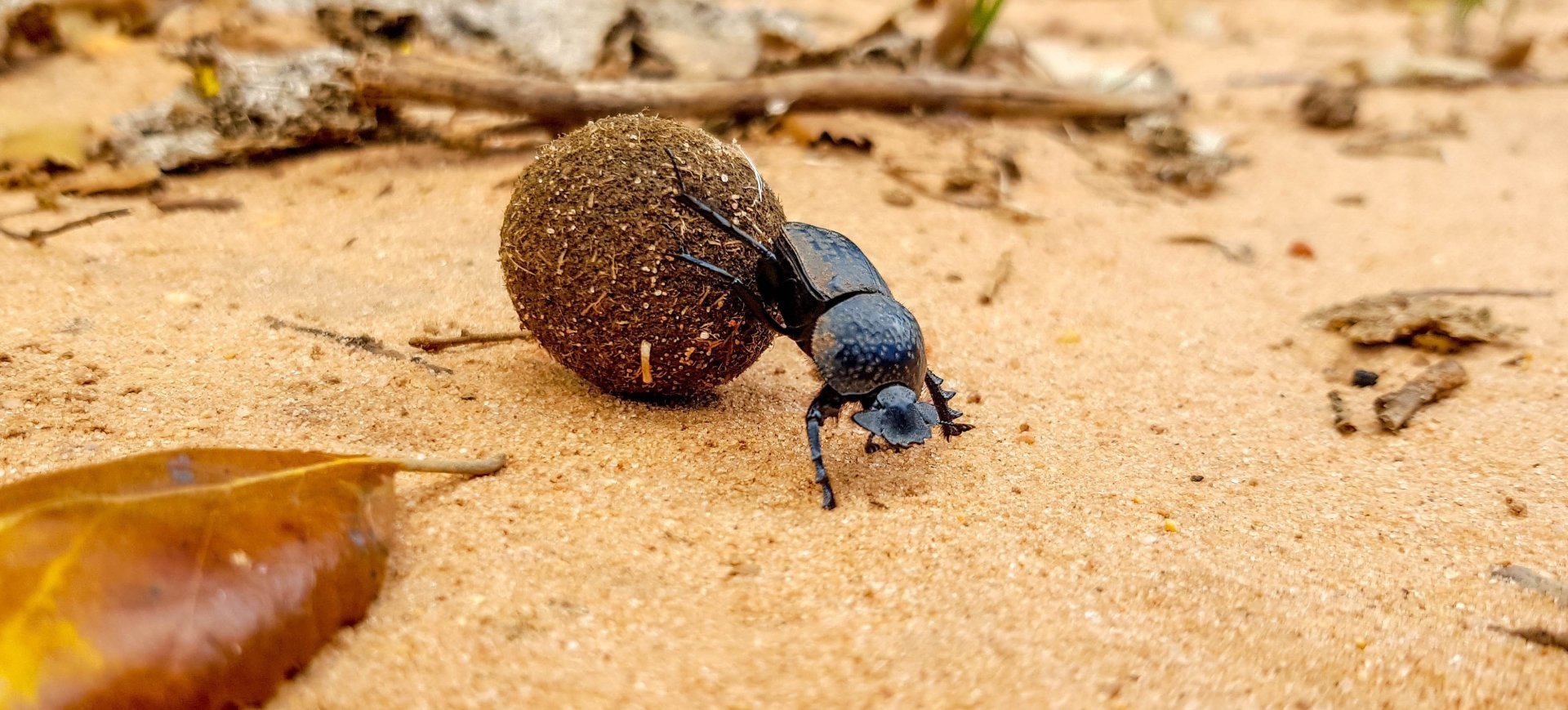







![]() Information: Metallonotus festivus, was originally described Gerstäcker in 1871 as a variety of festivus. the closely related species Metallonotus aerugineus (Gerstäcker, 1855) from the locality 'Kiriama' [Kenya], 'Brit. East Africa'.
Information: Metallonotus festivus, was originally described Gerstäcker in 1871 as a variety of festivus. the closely related species Metallonotus aerugineus (Gerstäcker, 1855) from the locality 'Kiriama' [Kenya], 'Brit. East Africa'.
Later elevated to a separate species (Aspidosternum) by Gerstäcker, and later re-described by Fairmaire (1894) as Aspidosternum purpurinum, it is a northern form characterized by a green head and pronotum, greenish-blue antennae and legs, and beautiful purplish-red elytra, the sides of which often show a purplish sheen, and whose the tip is sometimes metal. Their underside is metallic green.
Common in German East Africa. Dar-es-Salaam, Kiriama, Zanzibar, Usaramo, Usambara, Bagamoyo, Mrogoro (A. purpurinum according to Fairmaire).
Body length 17 - 23 mm
Peak activity: January - December (depends on region)
![]() Remarks: The species hides during the day under the bark and crevices of old large trees, usually in larger numbers.
Remarks: The species hides during the day under the bark and crevices of old large trees, usually in larger numbers.
![]() Distribution: Kenya, Uganda, Tanzania, [Ethiopia, South Sudan??]
Distribution: Kenya, Uganda, Tanzania, [Ethiopia, South Sudan??]
Zoogeographic region: Afrotropical
![]() Taxonomic classification:
Taxonomic classification:
![]() Material examined (& observation):
Material examined (& observation):
Ethiopia ![]()
Gambela State
Gambela NP
Itang env.
"two breast" and Baro River
(GPS) ![]()
Altitude m a.s.l. |
![]() Our observation period: November ~ December
Our observation period: November ~ December![]() Sampling Methods:
Sampling Methods: ![]()
 Ethiopia
Ethiopia